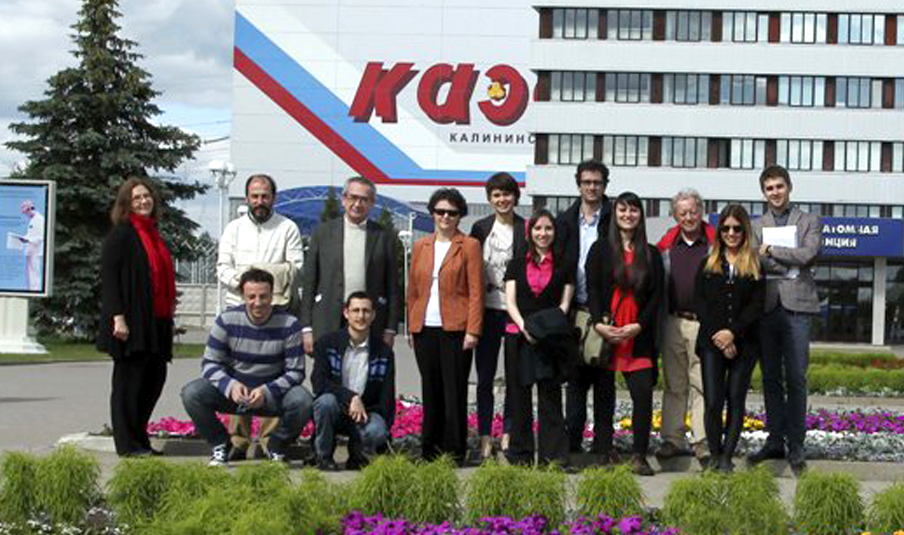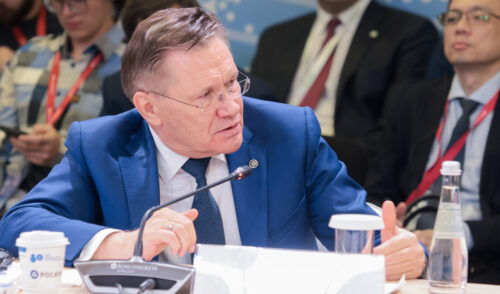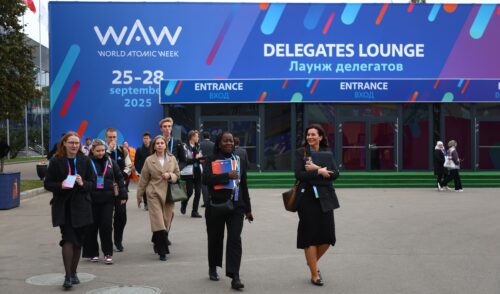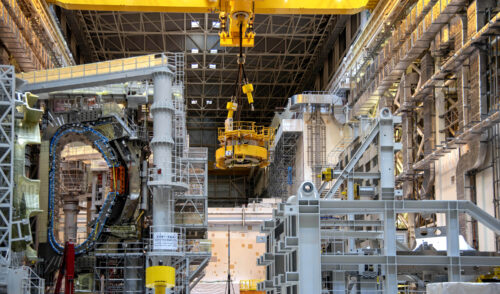
ROSATOM shared best practice
back to contentsA delegation from Boeing’s Moscow Office visited ROSATOM’s Headquarters in Moscow. This was not a first meeting of the industrial giants. But it was for the first time when ROSATOM shared its developments in implementation of its production system. The ROSATOM Production System (RPS) is a large-scale sectoral project called for not only to bring labor efficiency to the level of foreign competitors and cut costs but also to raise wages and formulate new rules of career advancement. The main principle of RPS is to meet the consumer needs within the shortest time at minimum spending of resources and with required quality.
During the visit, ROSATOM representatives told their colleagues from Boeing about the becoming and development of the production system, plans and assessment of efficiency of its implementation projects. Andrey Divaev, Project Head in the Innovations Management at ROSATOM, in particular, reported on outcomes of the RPS implementation in the research and development. RPS Project Head Ilya Kostin shared results of the comprehensive optimization program run at machine engineering enterprises.
Irina Khoptynskaya, Head of the project on enhancement of office process efficiency at ROSATOM, demonstrated developments in the implementation of the 5S system in ROSATOM Central Administration. The 5S system is a combination of administrative and technical measures aimed at methods engineering, which ensure labor safety, higher labor efficiency and higher product quality. The system got its name after first letters of five Russian words: “сортируй, соблюдай порядок, содержи в чистоте, стандартизируй, совершенствуй” – “sort, straighten, shine, standardize, sustain.”
“The RPS Program in the Central Administration has started quite recently. Certainly, cutting-edge technologies are used in ROSATOM’s main building and the e-document flow had been introduced long ago. But there is no the work space organization, in its classical sense, in RPS so far. Our objective is to introduce best practices, to make them a real tool as soon as possible,” Khoptynskaya explained.
“My colleagues and I were greatly impressed by the visit of the nuclear power units and the presentation of the plant’s achievements, Wan Jianyu, the Secretary of the Russian-Chinese International Science and Technology Center, shared his impressions. “Fifty years ago, by having started up the first unit, you led off the peaceful use of atomic energy. Owing to your plant, atom started bringing benefits to mankind. We respect the Russian people exactly for the fact of such a great contribution you made to the development of mankind. Specialists of Novovoronezh plant continue contributing to the nuclear power development. You not only reliably operate the existing units, but you also are building new ones. And you help other countries, including us. We were very pleased to meet the acquaintances who had helped start up Tianwan NPP.”
To remind: The first two reactors of Tianwan NPP in China built to the company of ROSATOM SPb AEP’s design were commissioned in 2007. Tianwan NPP is one of the safest existing nuclear power plants in the world in terms of a number performance indicators. In November 2010 the general contract for construction of Tianwan Phase II (Units 3 and 4) was signed.
During the tour they visited the Public Information Center of Kalinin NPP where they had a look at the permanent exposition about the plant and Russia’s nuclear power; the training center of the plant; the control room; and the turbine hall of Unit 3. In the course of the tour they had an opportunity to ask questions of interest on the Russian experience in building and operating nuclear power plants with water-water power reactors (VVER-1000), safety systems of Kalinin NPP, technical characteristics and the plant’s experience in handling spent nuclear fuel.
In addition to the Kalinin plant site, the tour guests also visited the Virtual Prototyping Center in Rosenergoatom’s field office. They were demonstrated a 3D model of VVER-TOI design (standardized optimized informatized water-water power reactor) to show the center’s capabilities.




